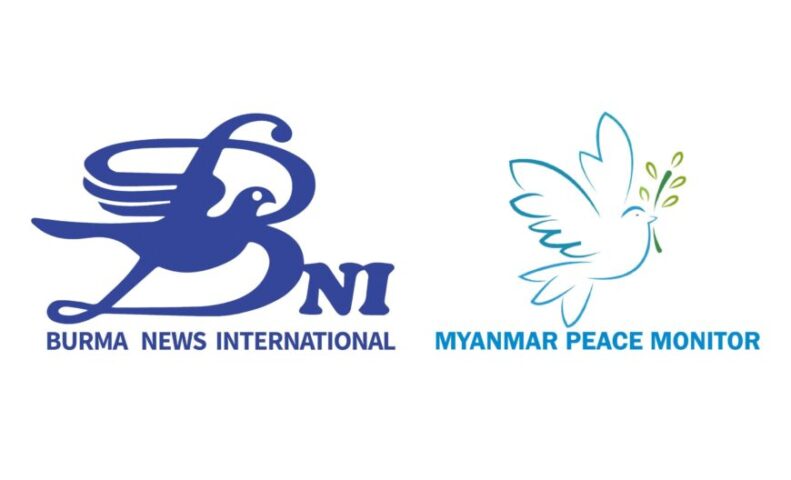An interview with TNLA spokesperson Lt. Col. Tar Aik Kyaw
The military council has been conducting airstrikes and artillery shelling on the Ta’ang National Liberation Army (TNLA) camp near Konethar village in Namhsan Township, northern Shan State, since December 7, displacing more than 1,000 people. TNLA spokesman Lt. Col. Tar Aik Kyaw was interviewed to learn more about the current military situation.
Q: What’s the situation with the fighting with the military council troops in Namhsan Township in northern Shan State today?
A: The situation is calm today. We haven’t heard any gunfire yet. But the fighting was very fierce from December 7 to the evening of December 11. From the evening, the situaiton started to calm down. But on December 13, around 1 am, a helicopter came, apparently to find a target. At that time, it wasn’t firing. More than two hours later, the area where the clashes took place was bombed. They dropped about four bombs. At that point, there was still no exchange of fire.
Q: What do you think triggered this kind of fighting and why it became so violent?
A: We don’t know their motivations. The encounter took place when they dropped their troops with five helicopters in three places in our area on December 7. The fighting broke out between our members in Konethar and the junta troops just when they were dropped. And the fighting became intense when they attacked us with airplanes.
Q: We heard that the area where the current encounter took place is an area where TNLA members are active. So, is it true that the TNLA had an advantage in the battle with them?
A: I wouldn’t consider it an advantage or a disadvantage. In a battle, there’s an exchange of fire between the two sides. They fired artillery indiscriminately from Namhsan military base. They conducted air strikes day and night with several fighter jets. It can be said that the TNLA knows the terrain there well.
Q: What’re the casualties on both sides and the damage to villages during the fighting?
A: Both sides have suffered casualties. But we don’t know for sure yet. Some houses were damaged, especially in Konethar village. Some were completely destroyed and others were slightly damaged. Among them are a few religious buildings, including a monastery. I still don’t know how many houses were completely burned. We’re still in the process of verifying the numbers.
Q: How many times has the military council side used military helicopters?
A: Between 40 and 50 times. They used both helicopters and jet fighters.
Q: Why did the military council carry out the air attack on the TNLA?
A: We don’t know their motives. But this is exactly what the military council usually did with ethnic armed forces. They stop fighting on one side and then fight on the other side.
Q: Did the TNLA receive reinforcements from allied forces during the fighting?
A: The allied forces didn’t come and didn’t provide reinforcements. Only the TNLA is operating in this area. The alliance members didn’t come.
Q: According to the current situation, can the people who’d to flee their homes return safely?
A: Yes. There’s no more fighting. And if there are no more junta soldiers in the area, we’ve to clear mines and remnants first. So I don’t think they’ll be able return to their homes in a day or two. Nor should they. I’d like them to wait a few more days.
Q: I’d like to know if the TNLA has plans to repair people’s houses that were damaged or destroyed during the fighting between the two sides?
A: That will be a follow-up question for us. We don’t know yet what’ll happen next. We’ve heard that many houses were damaged or destroyed. We haven’t talked about the restoration yet. As always, our army did all the work.
Sent by The Shan Herald.

